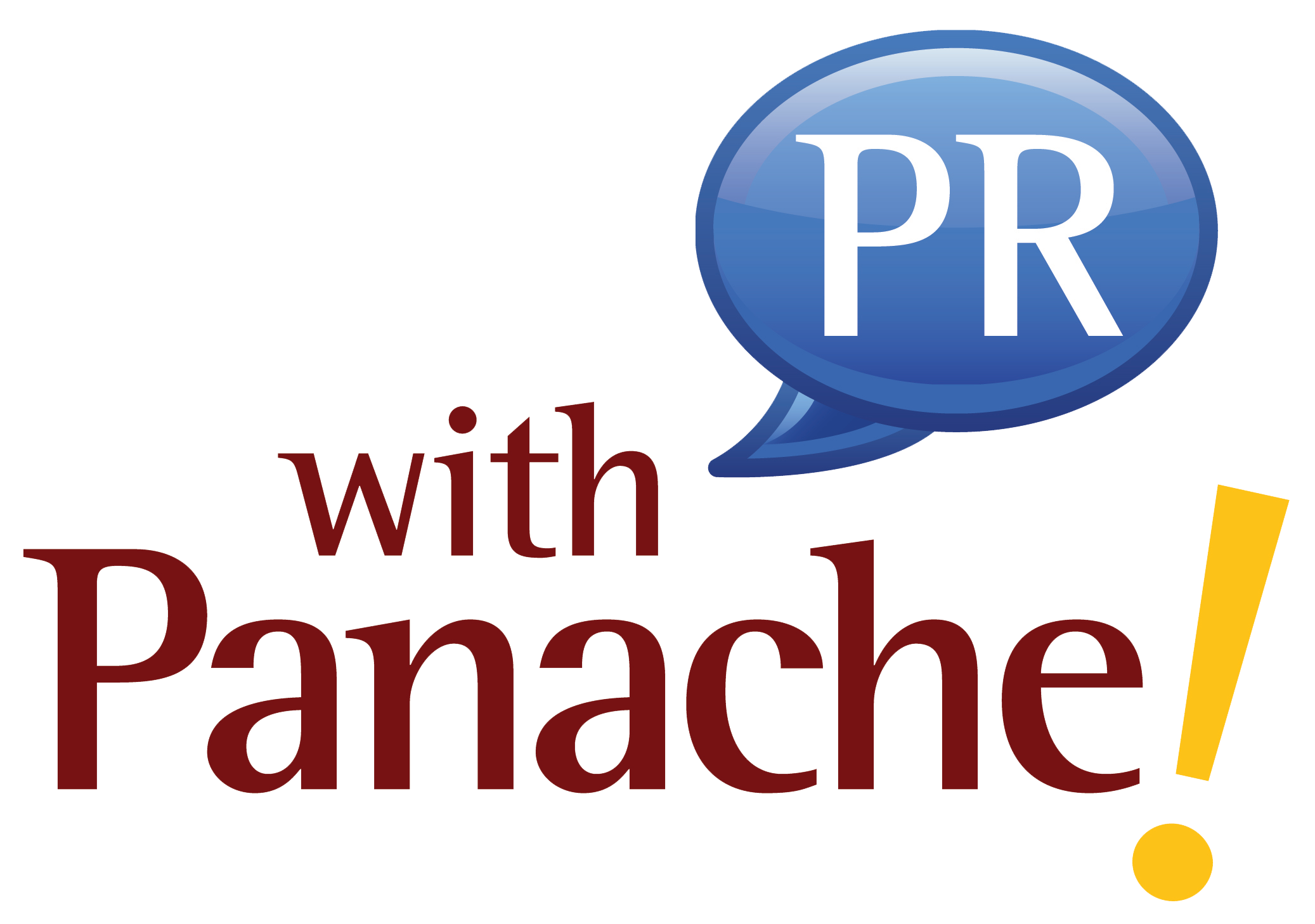When I talk to my colleagues in the education community, they often ask me variations of the same question: “I have a marketing department, and marketing leads to sales. So what do I need PR for?”
It’s a reasonable question for business executives to ask, and my response is that driving sales is like building a bonfire. If a sale is the fire, marketing is the wood…and PR is the kindling. If you’ve ever tried to start a bonfire with just a log and a match, you know that well-placed kindling is absolutely essential.
Effective public relations involve a lot more than sending out press releases to announce new products or services. (Although that is part of it!) A powerful public relations campaign builds a great story; it compels others to embrace and act on that story.
A compelling storytelling campaign creates multiple brand touch points that encompass much more than your product and that allow your story to live. An audience-centric campaign should position you as a partner to educators, present your executives and customers as thought leaders, demonstrate how your product affects the work being done in classrooms, and communicate your company culture. The cumulative effect of all of this is building trust with the education community. There is no shortcut to trust.
Therein lies the catch to how PR can and will positively impact your sales funnel. Earning trust takes time and effort. Educators want to see you as a source of information—a “friend” who they can rely on to provide best practices or information that will help make their lives easier and their work more effective. They do not want or need repeated messages about deals, price breaks, or new shiny features in your product. They may get more use out of an excerpt from a recently published article or an op-ed that your CEO wrote.
Once the community realizes that you are providing them with something of value, they will come to rely on it and to trust that you will be there for them. That is when the selling can start.
Once you have built trust (and prospects), how do you move them down the sales funnel? Many times leveraging the power of effective PR can and will do just that. In education, the “hard sell” is definitely not the way to earn trust within the decision-maker community. Superintendents, principals, and other educators who have the authority to make purchasing decisions are constantly barraged with marketing materials and sales pitches, so the last thing they want is a promotion that promises them the “easiest, fastest, cheapest, and best” solution to all their problems. Instead, I would suggest these three steps:
- Personalize your message. Know your audience and show them how your product is relevant to the challenges they are facing in their schools today. Nurture your relationship with your audience and provide them with content that is valuable to them.
- Timing is everything. I love this quote from Rob Dickson, the CIO of Omaha Public Schools: “Unfortunately, my purchasing decisions don’t align with your end of fiscal year.” To sell to the education marketplace, you have to operate on the education calendar. This also means you have to be aware of how major legislation, such as the recent E-rate update or the new Every Student Succeeds Act, will impact your end users. Will it make them tighten their belts, or will it allow (or require) them to invest in new products or services?
- Become a partner, not just a provider. Before the sale, provide your prospects with valuable information that does not directly lead to your product but shows them that you understand their challenges and are there to help them when they need it. When the sale is closed, the relationship is just beginning. Education users have varying levels of technological competence, so some may need extra support. Other “power users” may offer you valuable feedback about how your product is working in classrooms.
Becoming a resource for your prospects builds trust. Forging a partnership with your end users sets up a virtuous cycle, because happy educators will share their stories as part of your PR campaign, which will, in turn, kindle new sales. So get out the marshmallows and enjoy your bonfire!


